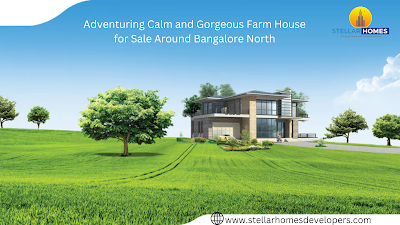Sustainable Real Estate: The Future of Urban Living
Sustainable Real Estate: The Future of Urban Living
The real estate industry is evolving rapidly and one of the most significant trends shaping the future is sustainable real estate. With increasing urbanization and environmental
What is Sustainable Real Estate?
Sustainable real estate refers to properties designed and built using eco-friendly materials, energy-efficient technologies, and
The Need for Sustainable Real Estate in Urban Areas
Urban centers are facing rapid population growth, leading to increased demand for housing, commercial spaces, and infrastructure.
Key Features of Sustainable Real Estate
Energy Efficiency: Buildings with solar panels, LED lighting, and smart energy systems reduce electricity consumption.
Water Conservation: Rainwater harvesting, water-efficient fixtures, and wastewater
treatment reduce waterwaste. Eco-Friendly Materials: Using recycled, non-toxic, and locally sourced materials reduces environmental impact.
Green Spaces: Rooftop gardens, urban forests, and vertical gardens
improve air quality and provide a natural environment.Smart Technology: IoT-based home automation
systems optimize energy usage and improve overall efficiency.
Benefits of Sustainable Real Estate
Cost Savings: Energy-efficient designs lower electricity and water bills in the long run.
Healthier Living Spaces: Green buildings improve indoor air quality, reducing health risks.
Increased Property Value:
Eco-friendly properties tend to have higher resale values and attracteco-friendly buyers.Environmental Protection: Reduced carbon footprints help
prevent climate change.
How Governments are Promoting Green Buildings
Many governments worldwide are encouraging sustainable real estate through policies and incentives. Some common initiatives include:
Tax benefits for developers who
adopt green building technologies.A tax credit for homeowners who install solar panels and energy-efficient appliances.
Green building certifications such as LEED (Leadership in Energy and Environmental Design) that set sustainability benchmarks.
The Role of Technology in Sustainable Real Estate
Technology plays
Smart home systems that optimize energy usage.
AI-driven energy management to reduce power consumption.
3D-printed sustainable buildings that reduce construction waste.
Challenges in Implementing Sustainable Real Estate
While sustainable real estate is gaining
High Initial Costs: Green building materials and technologies
require higher initial investment.Limited
awareness: Many buyers and developers are still unaware of the benefits of sustainable properties.Regulatory
challenges : Some regions have outdated building codes that do not support sustainability.
Future Trends in Sustainable Urban Living
The future of urban real estate will be defined by sustainability-driven trends such as:
Self-sustaining communities with
combined renewable energy and waste management systems.High-density urban areas that optimize space and green resources in high-density urban areas.
Conclusion
Sustainable real estate is no longer a




Comments
Post a Comment